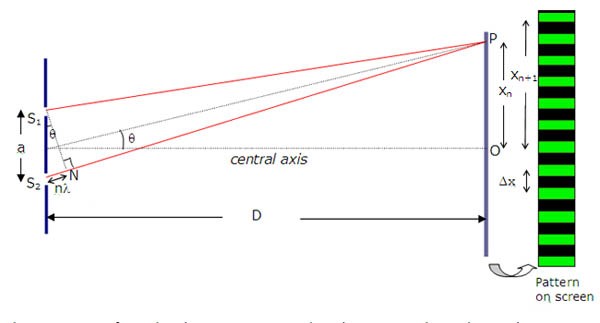For IB samples, go here
| Exam level: ST | Edition: 2023 | Season: W | Paper: 12 | Number: 2 | Questions paper: download |
|---|---|---|---|---|---|
A: Force is not a base SI quantity. It is derived using mass m and acceleration a in the formula F = m a .
B: newton is a SI unit and not a SI quantity. C: Second is a base SI unit not a SI quantity.
D: time is a base SI quantity . | |||||
| Exam level: ST | Edition: 2017 | Season: S | Paper: 13 | Number: 1 | Questions paper: download |
|---|---|---|---|---|---|
You need to convert 50 km h-1 to m s-1 50 km h-1 = 50 000 m ÷ 3600 s = 14 m s-1
Assume the mass of a car is 1500 kg
KE = 1 /2 m v2
KE = 1 / 2 x 1500 x (14)2 = 147 000 J is rounded 1.5 x 105 J
Answer B is correct. | |||||
| Exam level: ST | Edition: 2015 | Season: S | Paper: 11 | Number: 38 | Questions paper: download |
|---|---|---|---|---|---|
The resistance of 100 cm wire = 10 Ω → R branch RST = 10 Ω
The resistance of 50 cm wire = 5 Ω → R branch RT = 5 Ω The resistance of 25 cm wire = 2.5 Ω → R branch XR = 2.5 Ω and R branch TY = 2.5 Ω The circuit can be considered to be built up as shown below: R between R and T : ` 1/R = 1/5 + 1/10` → ` 1/R = 2/10 + 1/10 = 3/10`
R between R and T `= 10/3 = 3.3 Ω`
R between X Y = 2.5 Ω + 3.3 Ω + 2.5 Ω = 8.3 Ω Answer C is correct. | |||||
 | |||||
| Exam level: ST | Edition: 2015 | Season: S | Paper: 11 | Number: 30 | Questions paper: download |
|---|---|---|---|---|---|
A double slit experiment is shown below.
A maximum at Xn on the screen will be formed when the difference in distance travelled by light from slit 1 and travelled from slit 2 = n λ (= n wavelengths). The 2 waves arriving from slit 1 and slit 2 are in phase. This distance (n λ) is shown in the diagram below in the small triangle close to the slits. In this triangle the following relation is applicable: `sin θ = n λ/a`
In the triangle of the central axis the following relation is applicable: `tan θ = X_n/D` (2)
If θ is small (smaller than 15 o) then sin θ is nearly equal to tan θ. (sin 15o = 0.26 and tan 15o = 0.27) Combining (1) and (2) → `n λ/a = X_n/D` → `X_n = n λ D/a` (3) (this relation (3) is not exact, but an acceptable approximation)
The distance between fringes is proportional to
However, the distance between the fringes is inversely proportional to the separation a of the slits. Answer A is wrong. The distance between the light source and the slits does not affect the distance between the fringes. The correct answer is B: increasing the distance between the slits and the screen will increase the distance between the fringes. Answer C is wrong. If the distance between the slits increases the distance between the fringes will decrease. Answer D is wrong. The wavelength is smaller at a higher frequency and this will decrease the distance between the fringes. | |||||
 | |||||